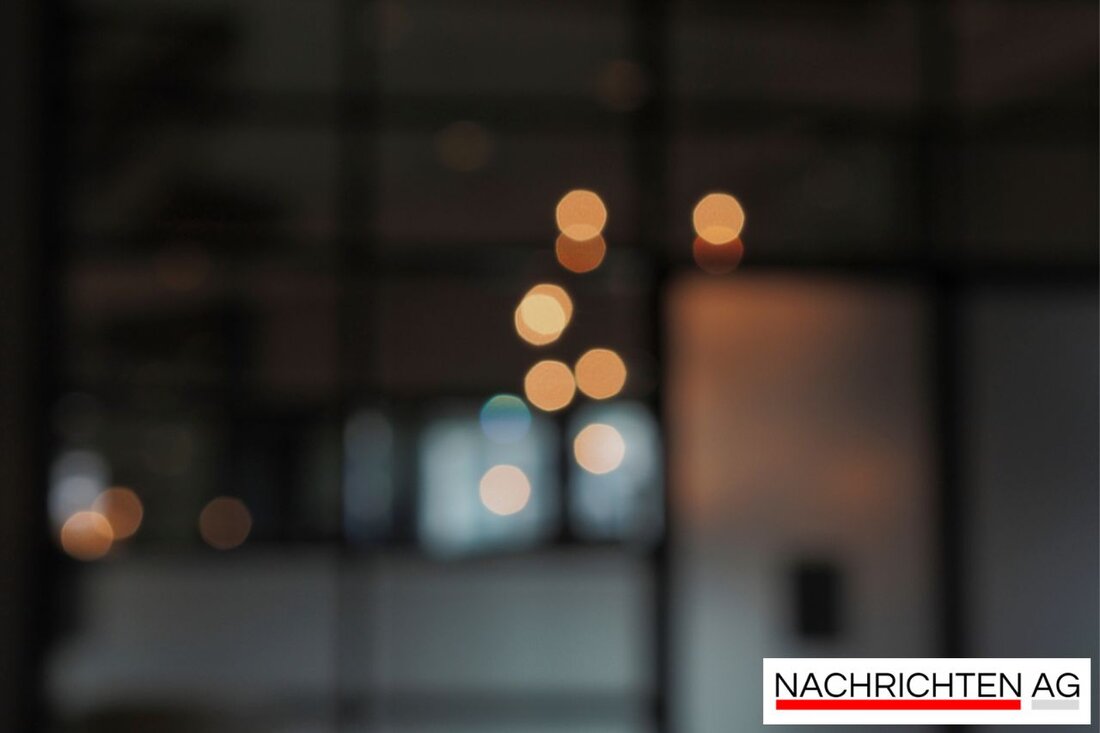East German identity today: What remains of the GDR?
East German identity today: What remains of the GDR?
in a world that, despite the turn and many changes, is often still shaped by the shadows of the past, Tobias J. Knoblich, a native of Zwickau, published a book. With his work "no longer GDR, but also not yet Federal Republic", he highlights the still existing East German identity and the characteristics that have left its origin and experience of his ancestors. Knoblich, who worked as a cultural director in Erfurt, among other things and now acts as a non -party state secretary in the Thuringian Ministry of Digital and Infrastructure, takes his readers on a journey through his childhood, personal experiences and the painful experiences of flight and displacement, which impress his family history, as Junge Welt reports.
Around 22% of the population of the GDR came from beyond the Oder-Neisse border, which underlines Knoblich's perspective on the inequalities and social changes resulting from the socialist system. He criticizes the ideological cleansing of public space and detted against the devaluation of East German identity, which took place in the course of the unit. For him, the "turn" was not only a synonym for change, but also a time of disappointment about the inequality that was discovered after reunification.
unit and challenges
Today, on June 15, 2025, the state contract for the currency, economic and social union, which is considered a decisive step towards the unity of Germany, becomes officially in force. After over 40 years of waiting, people in Germany can now make freedom being tangible across borders. This milestone not only symbolizes solidarity between the Germans in the Federal Republic and the GDR, but also the beginning of a demanding journey to unity, freedom, prosperity and social compensation, as explained on unit-interkulturell.de.
The introduction of a common currency and a social market economy is enormous in terms of the challenges that people in the GDR now expect. The state assures that nobody is being worse off than before. The development of the East German federal states to flowering landscapes is described as a joint effort, which applies to looking optimistically into the future despite all the differences and challenges.
East German identity in focus
But what does East German identity mean in today's world? A current study shows that the acceptance of social inequality is high, with almost 98% of the respondents perceive the differences in income too great. While many East Germans have largely integrated into the German reality, there are still serious differences in perception between East and West Germans, such as [bpb.de] (https://www.bpb.de/shop/zeitschratzen/Apuz/538660/die-osteutsche-identitaet-erbe-dr-zialism-der-dervereinigung-die-die-die--ostdeutschen-ziser-ung Leichtheit-und-und-democracy)
In the debate about the understanding of identity, which shows itself not only through economic framework conditions, but also by cultural differences, the "whining" is perceived by many as an expression of power of power. Research approaches differentiate between the socialization hypothesis and the situation hypothesis, which both influence perceptions and democratic interaction in the new federal states
Knoblich's views on these topics draw a picture of a complex identity that navigates between the fronts of nostalgia and the contemporary challenges. His book could be a valuable impetus for many to reflect on their own history and identity and to develop more understanding of the different realities of life.
| Details | |
|---|---|
| Ort | Zwickau, Deutschland |
| Quellen | |


Kommentare (0)